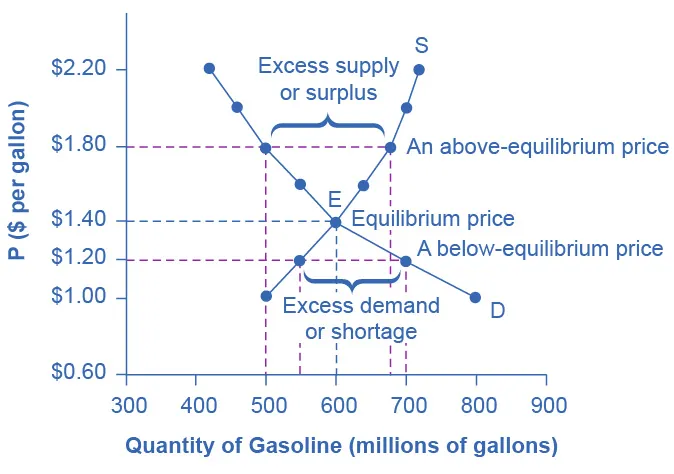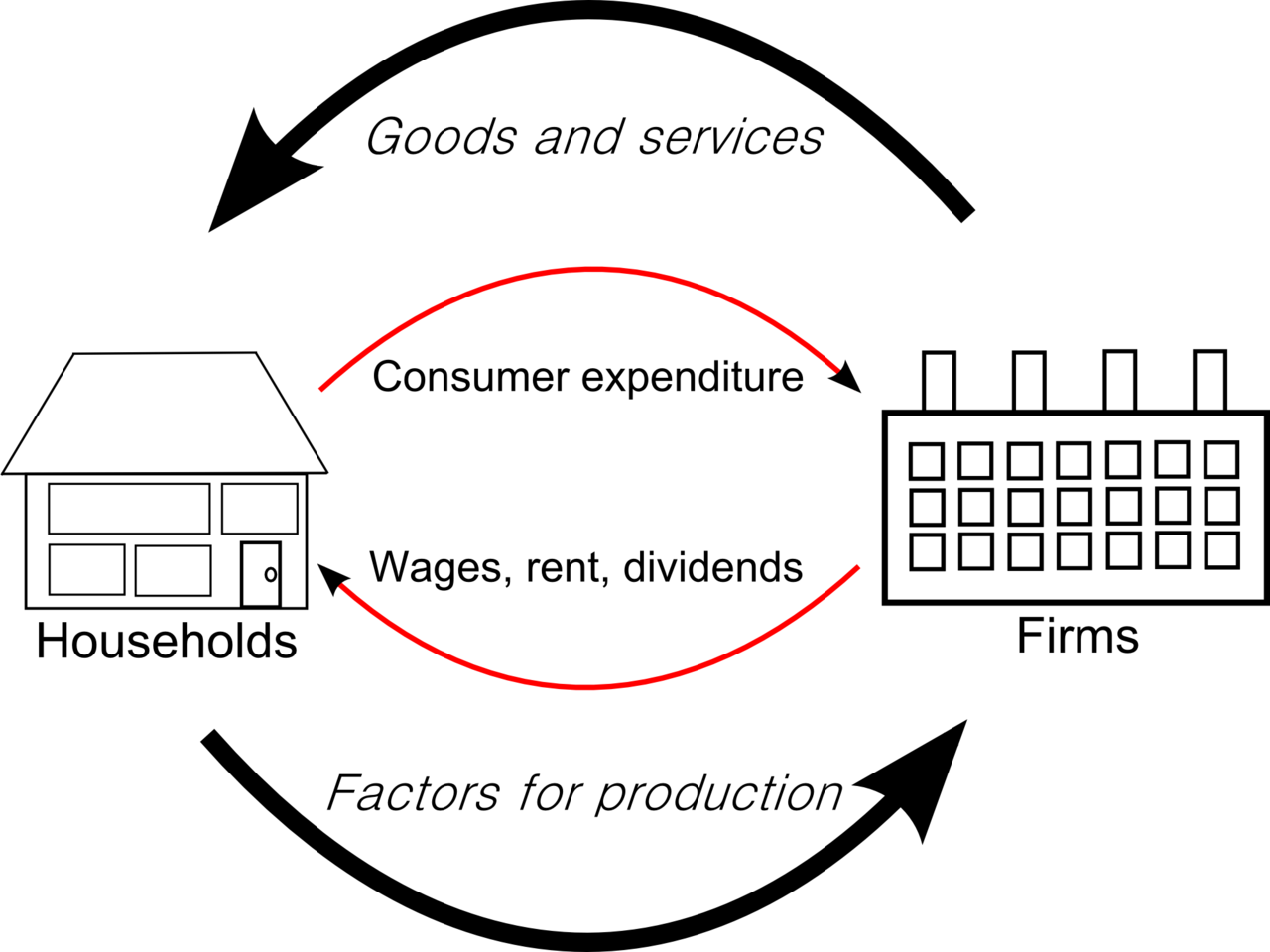AQA Specification focus:
‘Students should understand how economic incentives influence what, how and for whom goods and services are produced.’
Introduction
In market economies, incentives play a central role in guiding decisions. They determine what goods are produced, how production takes place, and who ultimately receives these goods.
Understanding Incentives in Economics
Incentives are the rewards or penalties that influence the behaviour of consumers and producers. They encourage individuals and firms to act in ways that align with market signals.
Incentive: A factor, often monetary, that motivates economic agents to make certain choices or behave in specific ways.
Without incentives, the coordination of millions of decisions between buyers and sellers in an economy would break down, reducing efficiency and leading to misallocation of resources.
The ‘What, How, For Whom’ Framework
The ‘What’ Question: What Goods and Services Are Produced?
Producers respond to price incentives when deciding which goods to supply.

Standard market diagram with downward-sloping demand (D) and upward-sloping supply (S). Their intersection (E) shows the equilibrium where buyers’ and sellers’ incentives balance. Specific values are illustrative only. Source
Higher prices act as a reward, encouraging producers to expand production of profitable goods.
Lower prices act as a deterrent, signalling that resources should shift away from less demanded goods.
Consumers also shape this decision:
A rise in demand incentivises firms to meet consumer preferences.
Shifts in tastes, technology, and income drive changes in what is produced.
The ‘How’ Question: How Are Goods and Services Produced?
Producers face incentives to use resources in the most efficient way possible.
Cost minimisation: Firms are incentivised to choose production methods that reduce input costs while maintaining quality.
Innovation and technology: Competitive pressure encourages firms to invest in new production methods to improve efficiency.
Profit motive: Firms that reduce waste and exploit economies of scale can lower unit costs and gain higher profits.
Productive Efficiency: When goods and services are produced at the lowest possible cost using available resources and technology.
Thus, incentives ensure that scarce resources are not wasted and that the most effective production techniques are applied.
The ‘For Whom’ Question: Who Consumes Goods and Services?
The allocation of goods is largely determined by consumer purchasing power.

Circular flow diagram linking households and firms via product and factor markets. Money flows one way while goods and services flow the other, illustrating how income influences consumption. Source
Income as an incentive: Higher incomes enable consumers to demand more goods and services.
Distributional outcomes: Inequalities in income and wealth shape who can access which goods.
Market rationing: Prices act as a rationing device, allocating goods to those willing and able to pay.
Allocative Efficiency: When resources are distributed so that consumer satisfaction (utility) is maximised, reflecting preferences in the economy.
Types of Incentives in the Market Mechanism
Financial Incentives
Profit: The key motivator for firms to supply goods and innovate.
Wages: Encourage workers to supply labour.
Prices: Signal to both producers and consumers how to adjust behaviour.
Non-Financial Incentives
Social approval: Some consumers buy sustainable or ethical products for reputational reasons.
Personal satisfaction: Firms may innovate to achieve recognition or status.
Policy incentives: Subsidies, regulations, or taxes can reshape incentives beyond pure profit motives.
Incentives in Consumer Behaviour
Consumers respond to price incentives when deciding what to buy.
A fall in price raises real purchasing power, incentivising higher consumption.
Conversely, a rise in price deters consumption, leading to substitution or reduced demand.
Other influences include:
Advertising, which shifts perceived value.
Behavioural biases, which may distort rational responses to incentives.
Incentives in Producer Behaviour
Producers face competing incentives in deciding how to operate.
Expand production when demand rises to capture profits.
Cut output if rising costs make production unprofitable.
Invest in R&D to innovate and differentiate products.
Respond to government policies such as subsidies for renewable energy or taxes on harmful goods.
Incentives and Economic Efficiency
Achieving Productive Efficiency
Incentives push firms to minimise costs, eliminate waste, and fully employ resources.
Achieving Allocative Efficiency
Prices act as signals to align production with consumer preferences, ensuring goods produced are those most valued by society.
Dynamic Efficiency: Efficiency achieved over time, where incentives drive innovation and investment, improving productivity and living standards in the long run.
Limits of Incentives
While incentives are powerful, they are not always perfect in achieving efficient outcomes.
Market failures: Externalities, imperfect information, and inequality distort incentives.
Perverse incentives: Sometimes incentives encourage harmful behaviour, such as firms cutting corners on safety to reduce costs.
Equity concerns: Relying solely on market incentives may leave essential goods unaffordable for lower-income groups.
Key Takeaways on Incentives and Resource Allocation
What is produced is influenced by consumer demand and profitability.
How production takes place depends on efficiency, cost, and technology.
For whom goods are distributed is determined by income, purchasing power, and rationing through prices.
In all cases, incentives act as the driving force behind resource allocation and the coordination of decisions in a market economy.
FAQ
When new products enter the market, incentives guide firms on whether to continue production. If demand is high and prices rise, firms are rewarded with higher profits, encouraging expansion.
If demand is weak and prices fall, the disincentive discourages further production. This mechanism filters which goods remain viable, ensuring that resources are directed towards what consumers genuinely value.
Firms constantly face incentives to reduce production costs. By adopting cheaper inputs, automation, or innovative technologies, they can produce at lower cost while maintaining output levels.
Lower costs lead to higher profits.
Competitive pressure forces efficiency, as inefficient firms risk being outcompeted.
Cost incentives ensure the economy uses scarce resources in the most productive way.
The goods consumers can access depend on their income levels. Higher incomes act as incentives by expanding purchasing power, allowing access to a greater range of goods.
Those on lower incomes face restricted choices, even when demand is present. This highlights how incentives allocate resources not only by preference but also by the ability to pay, shaping distributional outcomes.
Yes, non-financial incentives can significantly influence production decisions. For example, firms may be motivated by reputational benefits from producing environmentally friendly goods.
Producers may also pursue innovation for recognition or brand loyalty. These incentives complement financial motives, altering how goods are produced beyond pure cost considerations.
Incentives can be distorted by:
Market failures, such as externalities or imperfect information.
Behavioural biases, where consumers or firms do not act rationally.
Equity concerns, where market outcomes leave some groups underserved.
In such cases, the price mechanism alone may not provide efficient or fair answers to the fundamental economic questions.
Practice Questions
Explain how price incentives influence what goods are produced in a market economy. (3 marks)
1 mark for identifying that higher prices encourage producers to expand supply because of higher potential profits.
1 mark for recognising that lower prices discourage production by signalling reduced profitability.
1 mark for linking consumer demand with the incentive to produce more of goods that are profitable.
Using the ‘what, how, for whom’ framework, analyse how economic incentives influence the allocation of resources in a market economy. (6 marks)
1–2 marks: Basic reference to incentives affecting decisions in markets, e.g., profit motive, consumer demand, or income levels.
1–2 marks: Clear explanation of at least two of the ‘what, how, for whom’ questions linked to incentives (e.g., higher wages incentivising labour supply under “how”; higher income affecting consumption under “for whom”).
1–2 marks: Development showing how incentives encourage efficiency in resource allocation, such as firms seeking cost minimisation or consumers rationed by price.
Maximum 6 marks for coherent analysis across all three questions (“what, how, for whom”) with clear application to incentives.

